Can You Grow Vegetables Indoors? Tips, Tricks, and How-To Guide
-
Pete Ortiz
- Last updated:
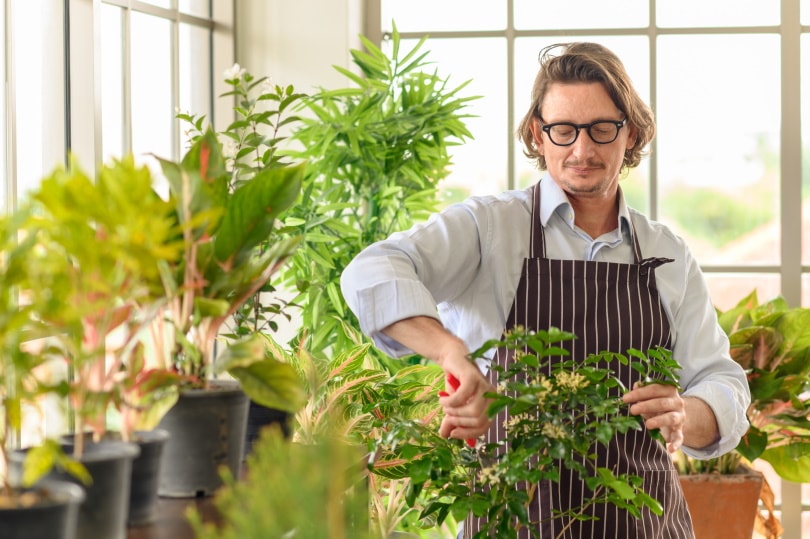
If you love gardening your oasis of vegetables, herbs, fruits, and plants and wish for warm weather every time the winter comes, there is an easy solution. Indoor gardening is gaining more popularity since more people are confined to smaller spaces and are searching for alternative gardening methods.
Believe it or not, you can transfer your entire vegetable garden indoors, and it actually has some benefits, so keep reading to find out what some of its benefits and advantages are.
Benefits of growing vegetables indoors
The most significant advantage of indoor gardening is controlling the conditions your plants are growing. That means having the ability to continuously improve the soil for your plants, and control the temperature of the room, lighting, and watering levels. As you are probably aware, gardening healthy vegetables outdoors depends on many factors that you cannot change. Sometimes you can’t shield your plants from rain, hail, or direct sunlight.
There are many outside factors that you can’t change, so when you grow your plants indoors, all of these factors are entirely up to you to control. You get to observe your vegetables and cater to their needs. This way, you can help them grow faster by either adding fertilizer, better grow lights, changing that room’s temperature, or moving them to a lighter area.
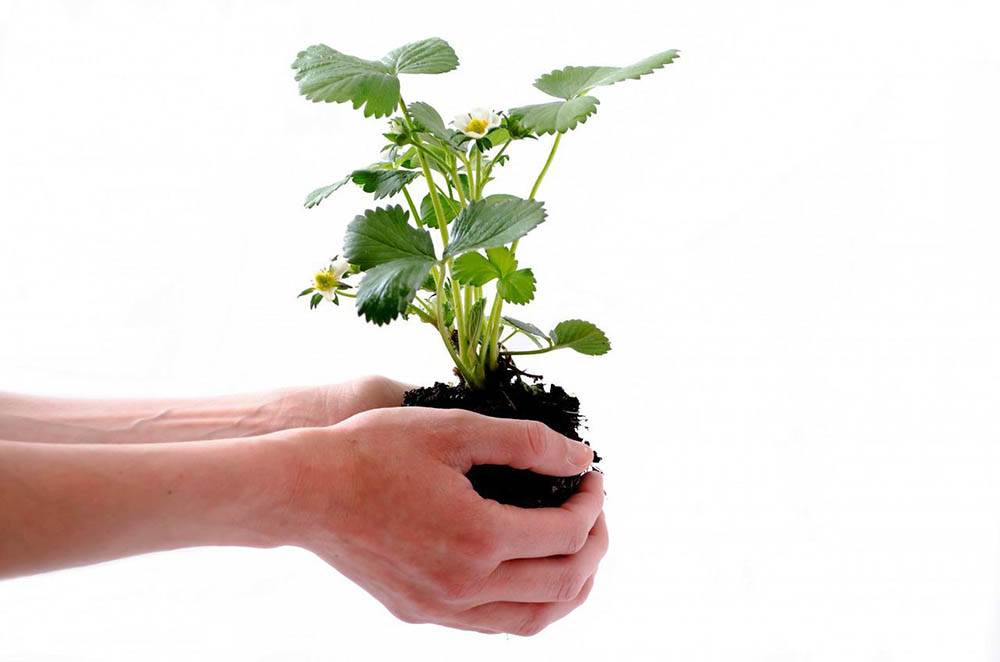
Drawbacks of indoor vegetable growing
While the benefits of growing vegetables indoors are vast, there are some challenging aspects that you have to be aware of too. There is always a risk of having houseplant pests attached to your vegetables, which is a nightmare for garden lovers. Proper air circulation is something you can’t always upgrade to meet the vegetable’s needs, and your indoor garden will be hidden from pollinating insects like bees.
The indoor garden certainly requires more maintenance, as you will always have to be careful of how much lighting your plants receive. Adequate lighting may not be as convenient since it can be very expensive to purchase and install.
Before you begin
Start with the easier plants. Begin growing more low-maintenance plants and vegetables until you get some experience. You can start with these plants and expand your indoor garden with various other vegetables. Some vegetables grow faster and do not need perfect treatment to grow well:
- Spinach
- Kale
- Radish
- Green Onion
- Arugula
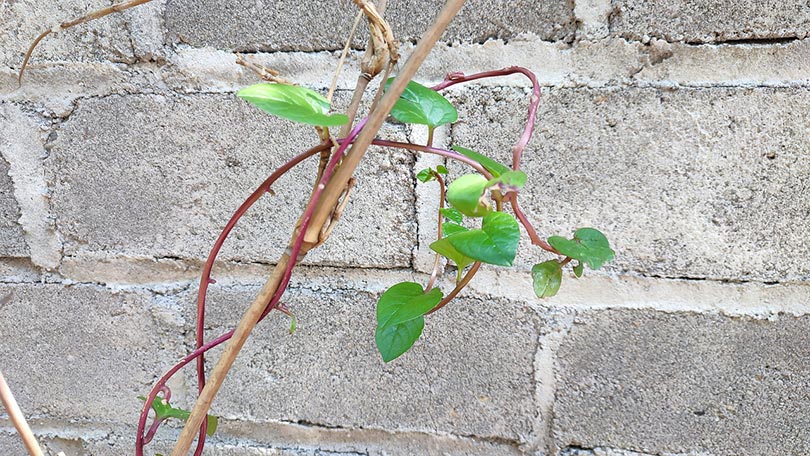
Best vegetables to grow indoors
There is a wide variety of plants that can be grown indoors. Once you get the hang of indoor gardening with the easier plants mentioned above, you can garden any vegetable of your choice. Besides growing vegetables, herbs grown indoors will be a great addition to your meals. You can grow basil, oregano, rosemary, peppermint, or sage and harvest them directly when preparing your next meal.
What you will need to get started
1. Containers or planting pots
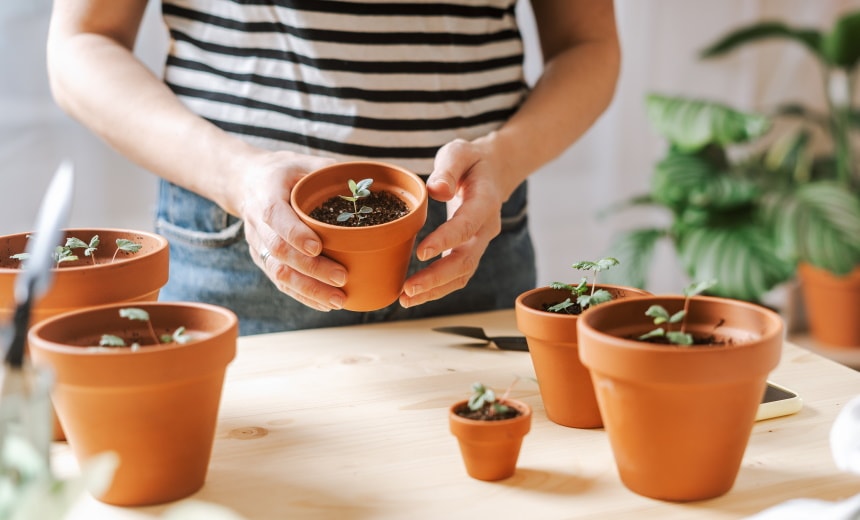
You will need multiple containers for planting seeds. The amount will vary depending on the number of vegetables you want to plan, although it is always better to have a few extra containers just in case.
2. Propagation trays or drip trays
Having a tray match your container is an essential part of gardening indoors. If you want to maintain a proper drainage system, you will have to place propagation trays underneath the pots to drain all the excess water into the tray. Depending on what you need, these trays can come with or without a lid.
3. Nutrient-rich soil and fertilizer
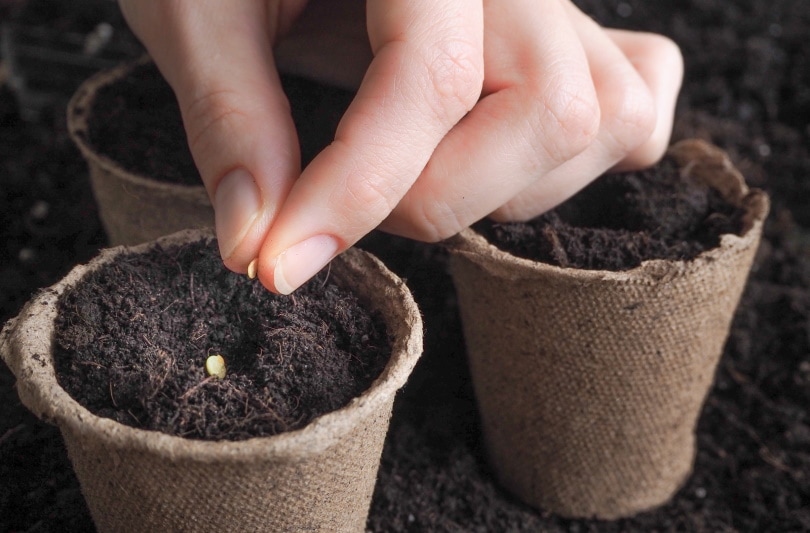
For indoor gardening to work correctly, you can’t use regular garden soil. Your plants will live in particular conditions, and they will need to thrive on only nutrient-rich soil.
4. Humidity
The room you keep your plants in has to have an almost perfect humidity level. An ideal humidity level for vegetables to thrive is between 40% and 50%.
5. Air circulation
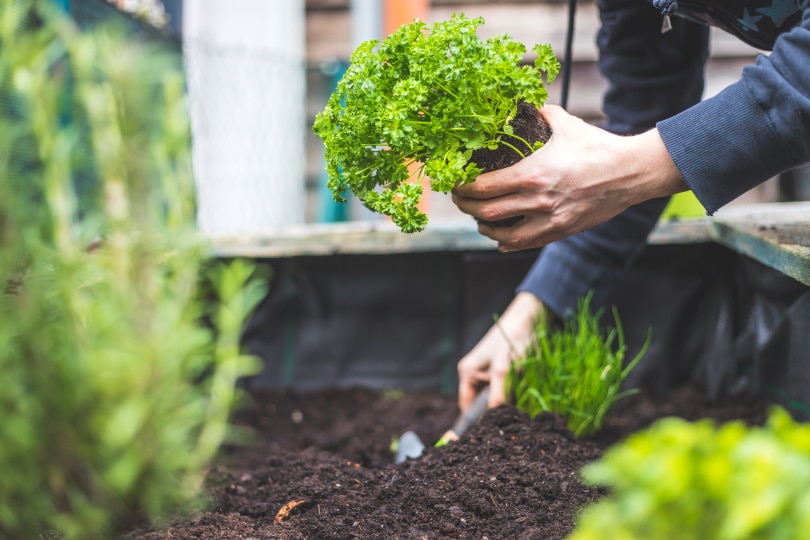
Excellent air circulation is an essential part of growing healthy plants. Because of the high humidity levels, these plants will be prone to fungus and mold. It would be best if you could add an electric fan to your room so that constant airflow prevents any fungus from growing.
6. Temperature
Another crucial factor for most vegetables is the ideal temperature. Most vegetables will enjoy average room temperature or even lower. Indoor vegetables will mainly thrive in temperatures between 60°F and 70°F.
Additional equipment needed
- Grow lights
- Bamboo sticks
- Garden wire
- Plant labels
How to plant vegetables indoors
- The first step is to decide which room will be ideal for growing your indoor vegetable garden. While you can place your vegetables almost anywhere, it may be best to choose one place you can modify most. It would be best to choose a room where you can control the light that plants will receive, the colder temperatures, and the humidity.
- The next step is to decide which vegetables you want to plant and acquire the necessary supplies to grow those vegetables. Depending on your desired number of vegetables, you should get planting pots and trays of different sizes.
- The third step is to plant your seeds. Once you have decided where your garden will be and acquired all the necessary vegetable seeds and materials, now it’s time to plant your vegetables. Research planting methods for each vegetable seed, as some plants require different techniques. Most vegetables need their seeds planted a couple of inches apart, and then you can cover the top with a thin layer of soil.
- Once you’ve planted the seed, be patient and wait for the first stems to appear. This process will take about 2 weeks, and it is called germination. You will recognize this process once you see leaves emerge from the top of the first stem.
- At this stage, you can re-pot your plants in new containers. After the first stems appear, your plants are ready to be re-potted in bigger containers. This will make them grow bigger and more healthy over time.
- Care for your vegetables daily, look out for the signs of any issues, and provide them with any sources they need. If you maintain your plants and water them regularly, they will soon be ready for harvesting. You will start harvesting daily, as new vegetables will pop up more often at this stage. This is the most rewarding part of the process, as all of your efforts will be worth it when you get the first vegetable to harvest.
Related Read: Can Hibiscus Grow Indoors? Tips, Tricks, and How to Guide
Tips and tricks
If you are thinking of growing vegetables in hanging pots attached to your window sill, make sure the window sill is strong enough to support the weight of the plant and its container.
You can grow your herbs in smaller containers, but other vegetables such as tomatoes or eggplants will need bigger pots. These vegetables grow to be much bigger, so they need a large container to follow their growth.
Your vegetables might need deeper containers than regular pots, as their roots tend to grow and spread deep into the soil.
If you have pets, ensure that your plants are safe and pet-friendly. Some plants and vegetables are toxic for animals, so if you want to ensure your pet’s safety, research plants that will not affect them. These are some vegetables and herbs that are safe for your pets:
- Chamomile
- Basil
- Carrots
- Cucumber
- Sweet potatoes
- Celery
- Broccoli
- Spinach
Final thoughts
If you’ve read this article carefully, hopefully, you can better understand how indoor gardening works. It is effortless to grow your vegetables indoors, even though it seems confusing and complicated at first. Once you learn all the tips and tricks, you will be able to produce almost any vegetable you want.
See also: How To Grow Bamboo Indoors – 6 Tips, Tricks, and Guide
Featured Image Credit: Pratchaya.Lee, Shutterstock
Contents



